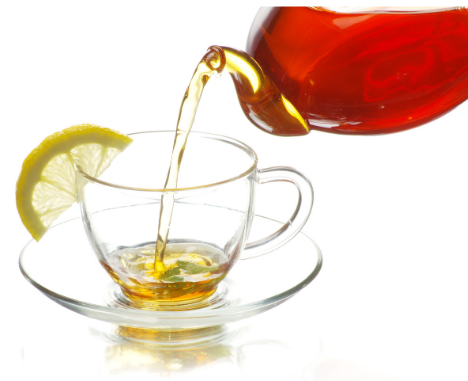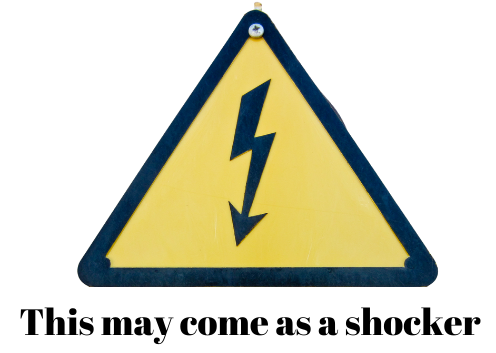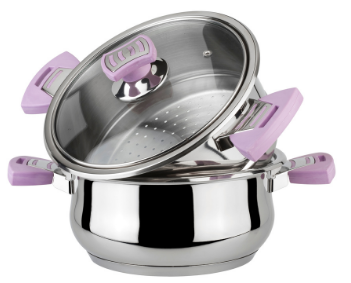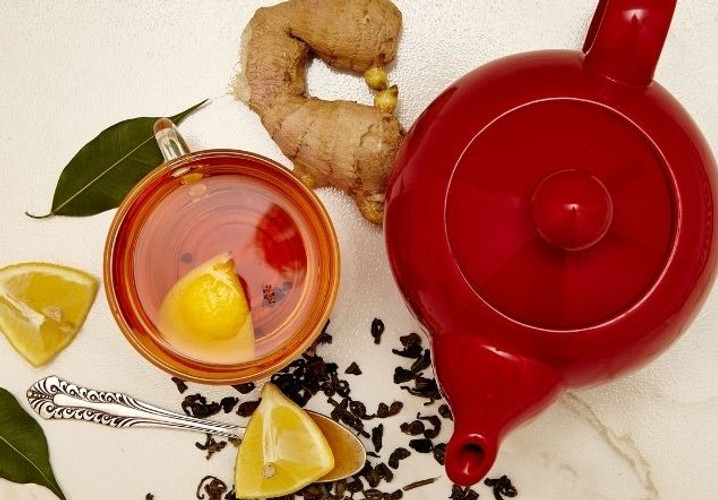3 Effective Ways To Use Herbs, What Is Best For You?
Posted by Sarah Aries on Apr 5th 2021
3 Effective Ways to Use Herbs
Once you easily master these three ways, you are good as gold.
Let's just jump right in,
no mucking about.

Why do we drink black tea, green tea, and herbal teas?
Is it because the herbal drinks taste good?
Could it be the aroma of freshly brewed tea?
Oh, I know the reason. There has to be way everyone can notice our thermal mugs that we are
drinking from, Ok that is a No
It is because we know that teas and herbal teas have some sort of medicinal properties. The teas could vary in helping our mood, our heart, our joints, and a myriad of health issues.
Which Method Of Preparing The Tea Or Herbs To Use And Why?
1. Is Steeping The Tea Is It The Most Effective?
2. Should I Be Making A Decoction From The Herbs?
3. Another Way? A Method Called Tincturing
There are several forms you can ingest these refreshing teas and medicinal herbs. Personally, I go for the easiest, efficient and cost effective.
What is the easiest way to use herbs?
Simple Answer: Steeping In Hot Water
THE PROS
Drinking as a tea, is an effective and economical way of using herbs. Everyone knows that. Super easy. Boil the water, add the herb to the mug, pour the hot water over the herb and let it steep, or as I like to call it bloom for three to five minutes. The easiest way to let the tea steep is in a reusable culinary bag. Swift, functional and produces a palatable drink, which I usually choose to savor.
THE CONS
Yes, there are cons to making tea. Who would have guessed that there are cons to making tea? My thought is everyone can boil water and throw some leaves into a saucepan, but apparently not. Brewing tea the wrong way happens more than you think. Sad but true.
1. Error in brewing tea. Wrong temperature of water. What should it be?

Green or white teas the ideal temperature is between 170 and 185 degrees
Oolong, which is my personal favorite the best possible temperature is between 180 and 190 degrees
Black Full Body Teas that water temperature should be whacked up to be between 200 and 212 degrees
2. How long to let the tea steep? (Blooming, this is where the leaves, are rehydrated and release their fragrant aroma, as well as healing properties)
Loose leaf black tea such as English Breakfast, Assam, or Ceylon tea is to be steeped for three to five minutes
Oolong, which is the semi-fermented tea is usually steeped for 3 minutes and definitely not longer than that.
White or green tea should not be steeped for more than five minutes as the tea will be bitter from the tannins.
If the herbal tea is composed of large bits of herbs that are hard in nature such as allspice, cinnamon, licorice, or even rose hips, the tea should not be steeped at all, it should be decocted. (I will explain decoction in a second)
3. Microwaving tea? Does this deserve an answer?

Please, please, please, do not use a microwave to steep your tea. The aroma is different, audio sensory is different, as you will not hear the bubbles forming and bubbling at the bottom of your kettle or saucepan. Plus the real problem is most people will add the teabag to the cold water, turn the microwave on for 5 minutes, then wonder, Why do people enjoy tea so much it has a weird taste? Is it the tea, the leaves, are they old or molded? Is the water full of minerals and giving it that “iron” taste?
More than likely it is the tannins in the tea releasing quickly due to microwaving.
Use a clean mug each and every time you drink tea. Don't be lazy and just refill, the mug, rinse it out properly, and matter what look down at the bottom of the mug making sure you have not left the old teabag in the mug.

WARNING THIS NEXT BIT
MAYBE HARD TO ACCEPT
While you are taking that quick glance to see if the teabag is at the bottom of the mug, check for stains in the mug. Are those stains blacker than the color of asphalt? All I say is yuck, phooey, blah, ick, eww, and no way. Clean that mug with vinegar, and baking soda. Then rinse completely with hot water.
To recap if you brew your tea in the right water temperature, for the right length of time, you will enjoy your tea more than ever.
The Story Of Decoction
What is a decoction? This is the definition from Wikipedia: Decoction is a method of extraction by boiling herbal or plant material to dissolve the chemicals of the material, which may include stems, roots, bark and rhizomes.
How To Create A Decoction In 6 No Muss No Fuss Steps?
1. What amount is used for making a decoction? An easy way to remember for making a decoction is to use one tablespoon per one cup of water. Or for a larger batch use one heaping tablespoon to 1/4 cup of dried herb per quart of water. Decoctions are not going to be quick to complete they take a bit more time.
2. Add your herb or herbs of
choice to a stainless steel saucepan, do not use aluminum.
(aluminum as it is highly reactive to certain acids which may be found in the teas
you are brewing)
3. Pour the cold water over the herbs, the herbs should be completely covered by the water

4. Place a lid on the saucepan and simmer for 20-40 minutes. Turn the heat to low. Why do this? The water in the saucepan should reduce by half. If the lid in not placed on the sauce pan the water evaporates too quickly. As an example if you started with four cups of water, when the water has reduced to two cups you know it is finished decocting. If the lid is off the sauce pan the water boils away not leaving enough time for the tea to full release the aroma, taste, or its medicinal properties.
5. Remove from heat and allow to cool.
6. Diligently strain off the herbs, as no one likes to see tea leaves on your teeth when you smile, and drink as desired
This method allows you to store any remainders in the fridge for up to 48 hours
THE TALE OF TINCTURES
What is a tincture? At times known as a liquid extract.
Tinctures are concentrated herbal extracts made by soaking the bark, twigs, berries, leaves (dried or fresh), or roots from one or more plants in alcohol or vinegar.

The alcohol or vinegar pulls out the active ingredients in the plant parts, concentrating them as a liquid.
Easy breezy Just some squeezy to make a tincture
Tinctures can be made at home with jars you already have in your cupboard, and the plants that are safe from your garden. Super simple, and it is called the Folk Method of Tincturing. Simply submerse herbs in alcohol in a glass jar.
Place the herb you are using into the large jar which will need an airtight lid. Make sure to take only parts of the plant that are safe to use.
Fill up a glass jar two-thirds full of the herb of choice. If the herbs are in large chunks I suggest chopping or breaking them up to the size of a pencil head. If using leaves fill to the halfway mark. If using hard berries, twigs, roots or barks, only fill to the one quarter mark of the jar.
Pour grain alcohol of 40 to 70 percent over the herbs to the top of your glass jar, covering them completely. Most people use 40 to 70 percent, but can go higher, but I would not suggest going lower. You will not be satisfied with the results.
Cover the jar with parchment paper, make sure the rubber seal is the correct size, and snap down the lid.
Let it mature in a cool dry place for 6 to 8 weeks. Shake daily and you may find that you will need to add a small amount of alcohol to the jar. This is due to the herbs being rehydrated, and absorbing the liquid.
Time to strain the tincture. Or as I like to call it, Squeezy. Place a cheesecloth over a funnel and allow your tincture to drip through. Once you think there isn’t any more liquid to drip out, twist that cheesecloth tight, and squeeze as you are twisting it. Squeezing all you can out of the cheesecloth
The strained liquid is your tincture. You can hold onto it for years if bottled, labeled and stored in a cool, dark place.
Here at 1stChineseHerbs.com we are always here to answer you questions. There are several ways to reach us, but the easiest is through our contact page.

